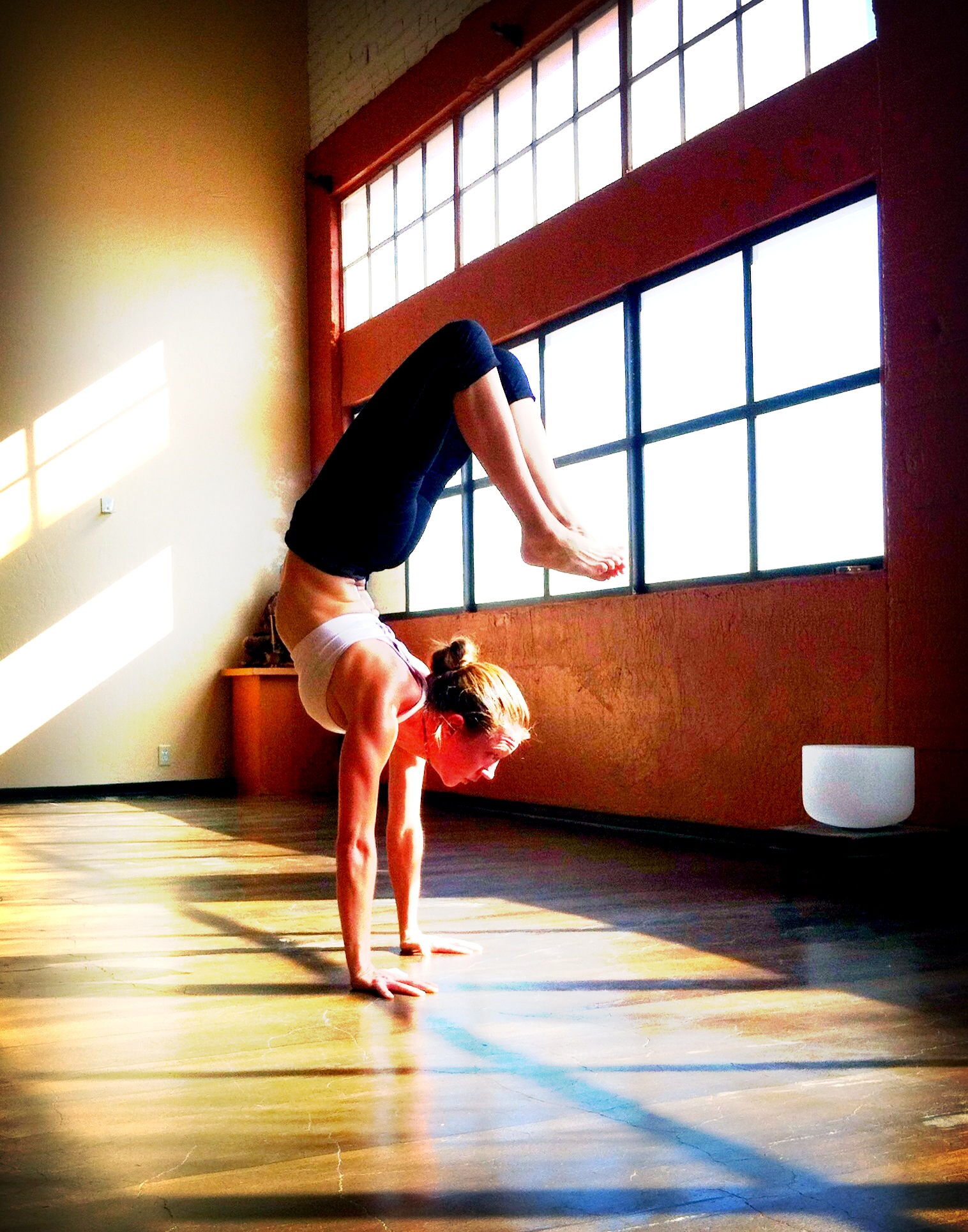
If you’ve taken my class, you know how much I love to share inspiring quotes. Some of them are very obviously yoga quotes, and others are just excellent words to absorb when our brains are receptive and generally gooey with yoga bliss! I’ve gathered some of my favorite yoga-friendly quotes to share with you. Please pass them along. I’d love to hear some of your favorites, too!
“Darkness cannot drive out darkness; only light can do that. Hate cannot drive out hate; only love can do that.” ~Martin Luther King, Jr.
“Let my soul smile through my heart and my heart smile through my eyes, that I may scatter rich smiles in sad hearts.” ~Paramahansa Yogananda
“Observe the wonders as they occur around you. Don’t claim them. Feel the artistry moving through and be silent.” ~Rumi
“A good traveler has no fixed plans, and is not intent on arriving.” ~Lao Tzu
“No great artist ever sees things as they really are. If he did, he would cease to be an artist.” ~Oscar Wilde
“Let us touch the dying, the poor, the lonely and the unwanted according to the graces we have received and let us not be ashamed or slow to do the humble work.” ~Mother Teresa
“The more we sweat in peace the less we bleed in war.” ~Vijaya Lakshmi Pandit
“Blessed are the flexible, for they shall not be bent out of shape.” ~Author Unknown
“The happiness of one’s own heart alone cannot satisfy the soul; one must try to include, as necessary to one’s own happiness, the happiness of others.” ~Paramahansa Yogananda
“An eye for eye only ends up making the whole world blind.” ~Mahatma Gandhi
“God turns you from one feeling to another and teaches by means of opposites, so that you will have two wings to fly, not one.” ~Rumi
“The willingness to share does not make one charitable; it makes one free.” ~Robert Brault
“Only the shallow know themselves.” ~Oscar Wilde
“Any intelligent fool can make things bigger and more complex… It takes a touch of genius – and a lot of courage to move in the opposite direction.” ~Albert Einstein
“A leader is best when people barely know he exists, when his work is done, his aim fulfilled, they will say: we did it ourselves.” ~Lao Tzu
“If you can’t feed a hundred people, then feed just one.” ~Mother Teresa
“There is a magnet in your heart that will attract true friends. That magnet is unselfishness, thinking of others first; when you learn to live for others, they will live for you.” ~Paramahansa Yogananda
“A Buddha is someone who finds freedom in good fortune and bad.” ~Bodhidharma
“Anger is an acid that can do more harm to the vessel in which it is stored than to anything on which it is poured.” ~Mark Twain
“Be kind whenever possible. It is always possible. ” ~Dalai Lama
“A man who views the world the same at fifty as he did at twenty has wasted thirty years of his life.” ~Muhammad Ali
“All religions, arts and sciences are branches of the same tree.” ~Albert Einstein
Recently I was honored to be a featured artist on the Karma Counsil website, a wonderful organization founded by a yogi friend of mine. His organization connects people who cannot afford legal representation with legal professionals who are willing to work for donations. We talked about displaying my artwork on KarmaCounsel.org, but I was pleasantly surprised to find quotations from some of my blog posts accompanying my artwork. It was actually a bit shocking to see my words quoted. Of all the quotes I have shared with my students, I never thought to share my own! I am grateful to have discovered a new appreciation of my own expressions. Just for kicks, I’ll share the quotes that were posted on KarmaCounsel.org here.
“We usually resist change out of fear or stubbornness, so to embrace a practice of accepting and even welcoming change is to liberate one’s self from a form of suffering.” ~Amanda Manfredi
“I’ve begun to learn that I can trust myself, which is a little like waking up one day and finding that you have an extra limb.” ~Amanda Manfredi
“Nothing in this world is permanent. Everything is constantly changing. The community we’ve created together is changing today, but I invite you to see it as an evolution into something greater.” ~Amanda Manfredi
“Had I called upon my breath to wash away my clamoring thoughts, I would have been left with just my voice. Breathe. Everything else will unfold exactly as is should.” ~Amanda Manfredi
I hope you find some inspiration in this small sample of my favorite quotes! Again, I would LOVE it if you’d share some of your favorites with me!







